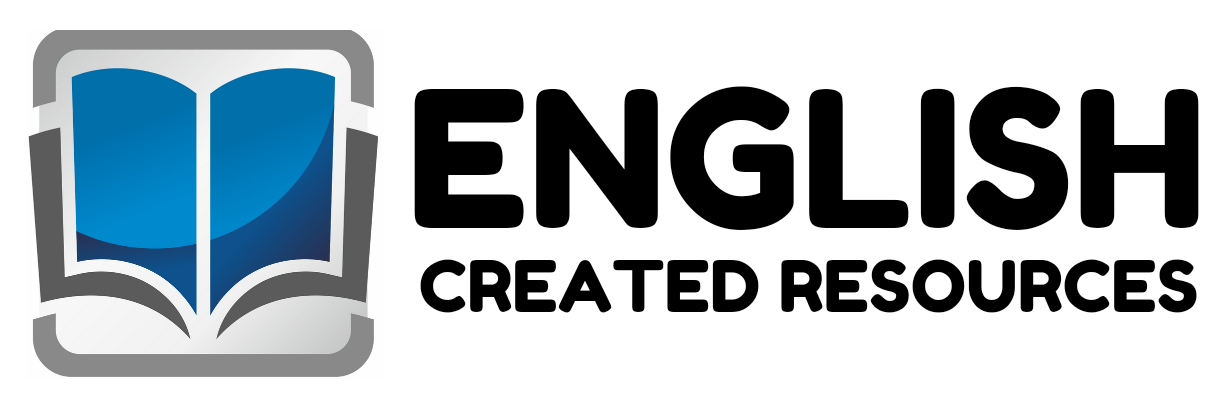Alphabet Sorting

Alphabet Sorting
Alphabet picture sorting is one of the most powerful and engaging learning activities for preschool children. It combines the development of early literacy skills with the joy of exploration, play, and discovery. As young learners begin to grasp the fundamental building blocks of language, activities like picture sorting that involve letters and their corresponding sounds serve as a bridge between abstract concepts and real-world understanding. This essay explores in detail the educational, cognitive, and developmental importance of alphabet picture sorting for preschool-aged children.
1. Foundational Literacy Skills
At the core of alphabet picture sorting lies the development of phonemic awareness—the ability to hear, recognize, and manipulate the sounds in spoken words. When preschoolers sort pictures based on beginning letter sounds (e.g., sorting a picture of an apple, ant, and alligator under the letter “A”), they are actively practicing how to associate sounds (phonemes) with letters (graphemes). This sound-letter correspondence is critical for learning to read and write.
This activity also enhances children’s familiarity with the alphabet, helping them to visually identify both uppercase and lowercase letters. As they sort and categorize, they become more confident in recognizing letter shapes, names, and the sounds they represent—forming a solid foundation for reading fluency later in elementary school.
2. Vocabulary Development
Picture sorting enriches preschoolers’ vocabulary by exposing them to a wide range of words. Each picture introduces a new object, animal, or concept that may not yet be part of a child’s everyday experiences. For example, in sorting activities, a child may encounter pictures of a “violin,” “vulture,” or “volcano” for the letter “V”—words they might not otherwise encounter in routine conversation.
As children verbalize the names of the pictures while sorting, they develop oral language skills, learn proper pronunciation, and become more expressive. This vocabulary expansion contributes significantly to overall language development and future reading comprehension.
3. Critical Thinking and Categorization Skills
Sorting requires children to analyze, compare, and categorize information—key components of critical thinking. When preschoolers are given several pictures to sort by beginning sound, they must determine the correct category by:
- Identifying the initial sound of the word.
- Matching it with the corresponding letter.
- Placing it in the right group.
These steps encourage decision-making and problem-solving, reinforcing logic and reasoning skills that are applicable in all areas of life and learning. Sorting also helps children understand how to classify objects based on attributes, a fundamental math and science skill.
4. Fine Motor Development
Alphabet picture sorting often involves physical interaction—picking up picture cards, placing them on letter mats, or moving objects into bins. These actions help to strengthen a child’s fine motor skills, which are crucial for tasks like writing, cutting with scissors, and using classroom tools. Activities that combine learning with hands-on movement are especially beneficial for preschoolers, whose motor skills are still developing.
5. Visual Discrimination and Memory
Picture sorting activities promote visual discrimination—the ability to notice differences and similarities in shapes, symbols, and pictures. Recognizing that a picture of a cat goes under the letter “C” and not “K” or “D” requires visual analysis and memory recall of both the image and the sound it starts with.
As children repeatedly engage in this activity, they build stronger memory recall of letter-sound relationships, which supports spelling, reading, and phonics fluency later on. The repeated pairing of pictures with letters also reinforces symbol recognition, an early skill necessary for decoding words in reading.
6. Multisensory Learning Experience
Preschool children learn best through multisensory experiences, and alphabet picture sorting perfectly fits this approach. By combining visual input (seeing the letters and pictures), auditory input (saying the names and sounds), and tactile/kinesthetic input (touching and sorting the cards), children engage more deeply with the material. This method enhances retention and makes learning more fun, especially for diverse learners, including those with special learning needs.
7. Encourages Independence and Confidence
Sorting activities can be done independently or in small groups, giving children the opportunity to practice autonomy. Successfully completing a sorting task reinforces a child’s belief in their own abilities. This boost in confidence is essential in the preschool years, encouraging a lifelong love of learning.
In group settings, sorting tasks also foster cooperation and communication, as children work together, share ideas, and help each other figure out where each picture belongs.
8. Preparation for Future Academic Success
All of the skills developed through alphabet picture sorting—phonemic awareness, vocabulary, categorization, memory, fine motor skills, and critical thinking—are directly tied to school readiness. Children who master these skills in preschool are more likely to succeed in reading, writing, and other academic subjects in kindergarten and beyond.
By using alphabet picture sorting regularly, educators and parents are giving children the tools they need to become proficient, confident learners from the very start of their educational journey.
In summary, alphabet picture sorting is much more than a fun preschool activity—it is a powerful educational tool that lays the foundation for literacy, language, cognitive, and motor development. Through playful sorting, preschoolers connect letters with sounds, build vocabulary, develop thinking skills, and gain the confidence to explore the world of reading. When used consistently in early childhood education, this activity becomes an invaluable part of a child’s early learning experience, setting the stage for lifelong academic success.
Samples From the Activities













